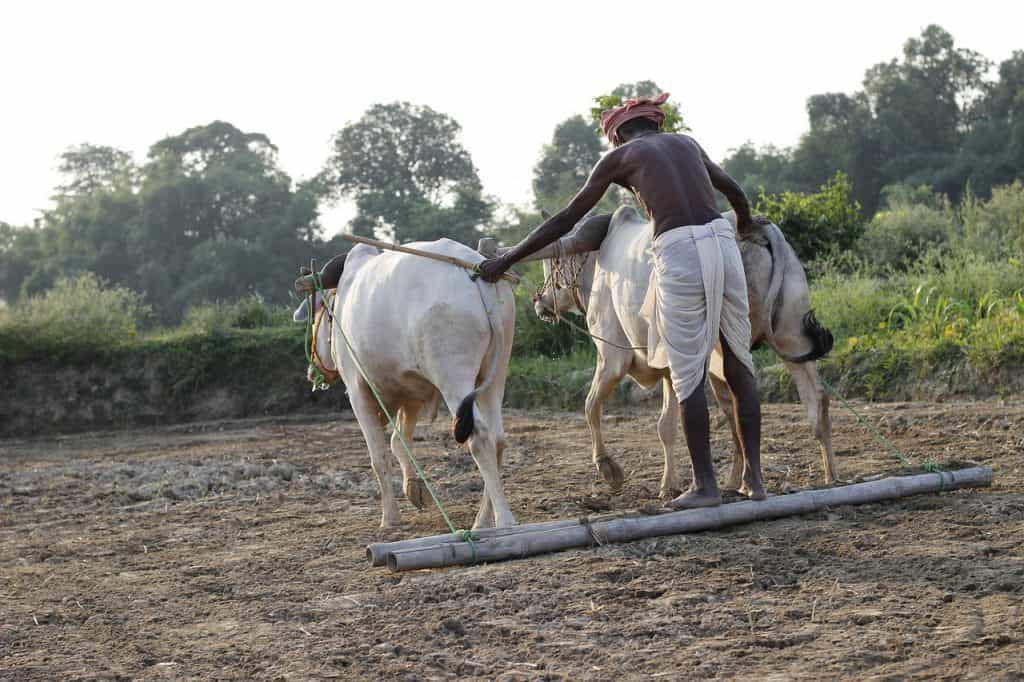Dr Johl, a distinguished agricultural economist of India, shares his views on Punjab’s agrarian crisis. Read on to know his thoughts on how moving wheat cultivation out of Punjab will stop its desertification.
Dr Sardara Singh Johl- Padma Bhushan Awardee
Currently, Dr Johl is the first chancellor of Punjab’s Central University, Bathinda. Also, he has been recognized as one of India’s prominent economics professor by ICAR. Accordingly, he has served as a member of the Economic Advisory Council for four PMs. Further, he held his post as the director of Central Governing Board and RBI. At present, he is also the president of the Indian Society of Agricultural Economics and Agricultural Marketing.
Dr Joel’s Explains How India Went From Lack of Foodgrains to Surplus
Earlier, in the 1960s, even though India was ready to pay for food grains, it couldn’t procure it from the international markets. Following that crisis, a wheat variety, short-duration dwarf wheat came into the picture in the late 1960s. Subsequently, Agricultural universities across India put their effort into improvising and increasing the yield. With its success, Short duration dwarf rice was introduced in India. By 1970’s we were producing surplus foods grains in India, says Dr Johl.
Shift from Deficit to Excess
Dr Johl elaborates on the current problem, that is excess production of Rice. By 1980s rice production was more than the storage and purchase capacity of the government. Currently, it is four times more than the buffer stock. Thus, leading to the disposing problem. Accordingly, disposing the supplies internationally at the PDS price is a loss. Further, the stock is rejected due to the high chemical content. Thereby, our problems have shifted from lack of foodgrains to excess of foodgrains.
Stressing the Farmers
The excess rice production not only affects the government but also leaves a dramatic scar on the farmers. With the increase in production, farmers faced a lowering of landholdings. Further in the small lands with high input rate, the MSP failed to meet the cultivation rate, says Dr Johl. Resulting in farmer not earing their daily agricultural and livelihood needs. Thus, farmers marched towards loans that magnified the misery.
Punjab Marching towards Desertification: Dr Johl
With the rising problems, farmers found a relief in wheat and paddy cultivation. This is because these two crops offered marginal profit in comparison to other crops. However, the fall in water level is a significant problem in Punjab. As the said crops absorb a lot of groundwater, Punjab potentially faces the burden of Desertification.
Dr Johl Talks on Possible Solutions
Dr Johl emphasizes the necessity of economic diversification. He proposes that at least 10-15 lack hectares of paddy cultivation land must be spared for other crops. Further, he highlights the need for MSP on different crops to increase their production. Also, he briefly conveys the importance of contract farming. Lastly, he elaborates on subsidies improving the lives of the farmers.

